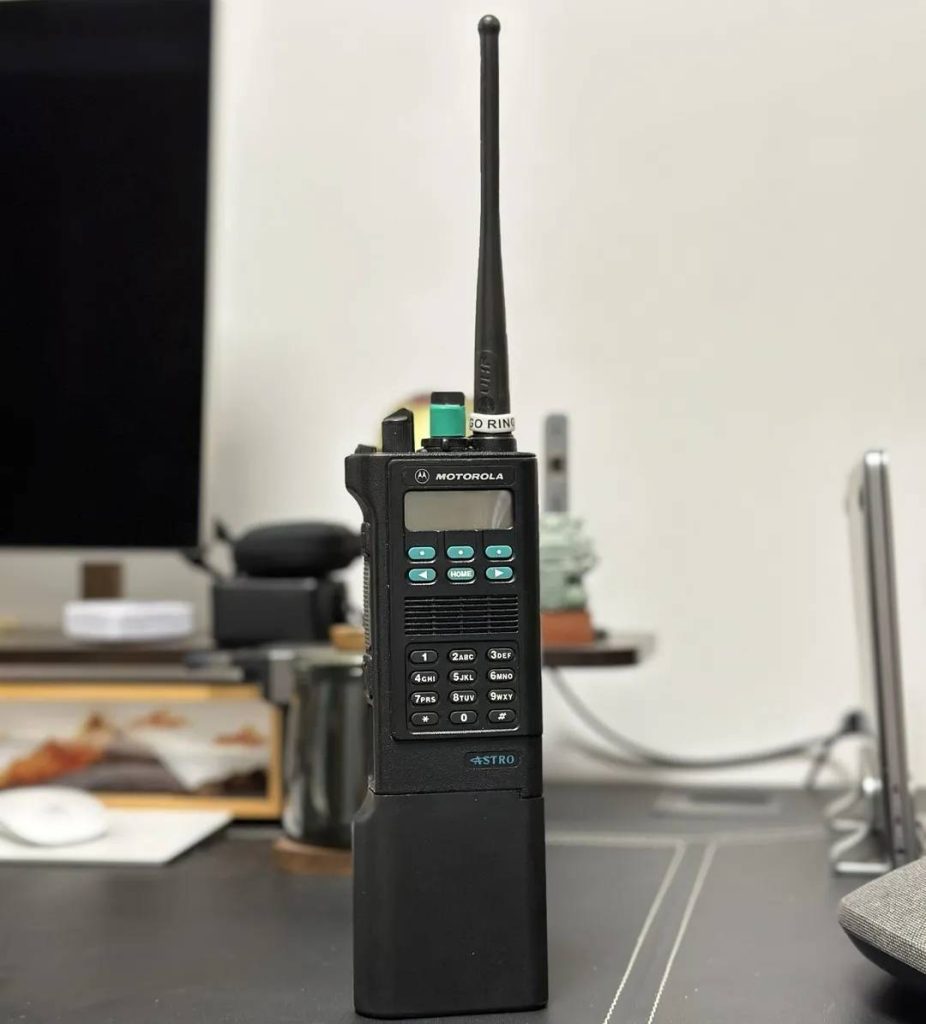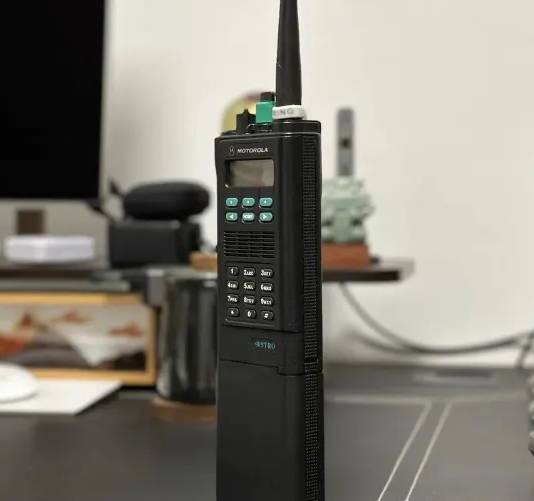
The picture shows Motorola’s Sabre series walkie-talkie, which has been widely purchased and used by law enforcement departments such as JD and JC in Western countries led by the United States since the 1980s. Saber walkie-talkie, which was once the best-performing walkie-talkie in the world, has been divided into three generations. The first and second generations are basically retired. Many system sabers and the third-generation digital astro sabers are still in service in the police force and the National Guard.
The output power of such a large radio is not large. The maximum output of the V-segment model is 5W, the maximum output of the U-segment model is 4W, and the maximum output of the 800M model is 3W. The receiver performance is also at a medium level. It should be said that it is related to the application scenario it is designed for. After all, this is equipment for military use. It does not pursue extreme performance, but the pursuit of stability and reliability is the key.
So do you know why most military radios are below 5 watts?
The design power of military radios is not that they cannot exceed 4-5 watts, but it needs to be comprehensively weighed according to actual needs and multiple factors. Individual handheld radios are usually used for communication between individual soldiers at the company and platoon level, and the combat distance is generally within 1-2 kilometers. In this scenario, 4-5 watts of power is sufficient to meet the needs and can ensure the miniaturization and portability of the radio. If the communication distance requirement of the backpack radio increases, the power will increase accordingly. For example, the power of a backpack radio operating in the very high frequency (VHF) and ultra-high frequency (UHF) bands can reach 15-20 watts, and the communication distance is about 30 kilometers.

Moreover, the increase in power will significantly increase the size and weight of the radio. For example, a backpack radio with a power of 15-20 watts cannot be carried as easily as a single-soldier handheld radio. For a single soldier who needs to maneuver quickly, a power of 4-5 watts is a reasonable choice that takes into account both communication capabilities and portability. At the same time, high-power radios generate a lot of heat when working, requiring better heat dissipation design, while single-soldier handheld radios need to work under limited battery capacity. Do you often see American soldiers looking for batteries for single-soldier radios in American blockbusters?
Another more important reason is that the power of military radios is not the greater the better. Excessive power will increase the risk of signals being detected and interfered by the enemy.
Therefore, the design power of military radios is the result of comprehensive consideration of factors such as usage scenarios, equipment portability, heat dissipation and power supply requirements, anti-interference capabilities, and costs. Different scenarios and different arms have different configuration requirements for single-soldier radios.

